florist
Flower shop is one of my favorite shops.
Flowers, potted plants, all kinds of flower utensils, flower pots of various materials.
Ingeniously tied bouquets, garlands.
Florists use colorful flowers to create beautiful compositions for special occasions.
With his extensive knowledge, he advises clients on flower care and also recommends flowers for occasions. For example, a bouquet that matches a wedding dress.
Weddings aren't just about bridal bouquets. There are also small bouquets with ribbons tied to the sides of the church seats.
There are also garlands at funerals.
Many girls yearn for a job as a florist -- they are happy to look at flowers every day, and they can freely express their creativity... Yes, but this job is not only elegant. If you think every day is beautiful, you are wrong!
Florists are referred to as "peasant poets": buying and moving goods, handling flowers, changing water, etc., are all labor.
To buy goods, you have to go around the flower market several times to compare and shop around. You can only buy more varieties of flowers, prices, distinguish freshness, and learn how to keep them fresh. After returning, you have to remove the leaves and branches of each flower by yourself, that's right! Every stick! Also wake up flowers, move large buckets of water, put preservatives, pay attention to room temperature, etc...
In Germany, learning flower art is a long process. It takes at least three years to become a certified florist, and at least two and a half to six years of work experience in the industry if you want to obtain a Master certification.
People who are sensitive to heat and cold, have allergies (hay fever), neurodermatitis or have colour vision problems are not suitable for this occupation.
The teaching of flower art is systematic and comprehensive. The basic theoretical knowledge of flower art, design, botany, retail economics, general subjects, art history, painting, etc. are also required to be learned.
A large part of the three-year vocational training takes place in the workplace of a florist, in addition to the theoretical foundations being studied in a vocational school. Most trainees start their florist training with a secondary school diploma or an intermediate diploma.
Students work with flowers and plants, memorize German and Latin names, recognize plants, and know how to care for them. When, where, and how do plants grow best? Botany, Phytopharmaceutics, Introduction to Art and History of Art...etc.
Emerging florists also learn to use different tools and techniques to make bouquet garlands, or flower arrangements.
A florist needs to understand basic proportions and color theory. With this knowledge, it is easy to create harmonious compositions.
Vocational training will have salary, although not high, but more or less can subsidize living expenses. The monthly remuneration for the first year of training is approximately 585 to 664 euros. The salary of 790 to 797 euros per month for the third year of the apprenticeship.
After graduation, most florists earn around €1,600 per month. The salary is accumulated by craftsmanship and experience, which can reach about 2,000 euros per month. The size of the company also affects wages. Large companies usually pay higher wages.
The following photos were taken from the third-generation flower shop in the town.
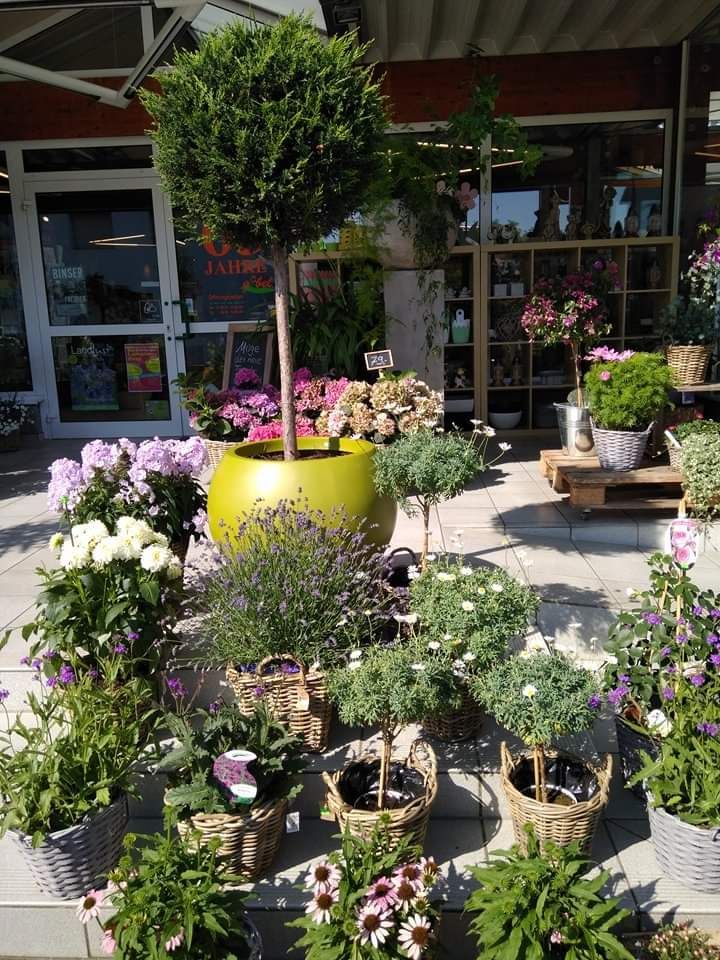
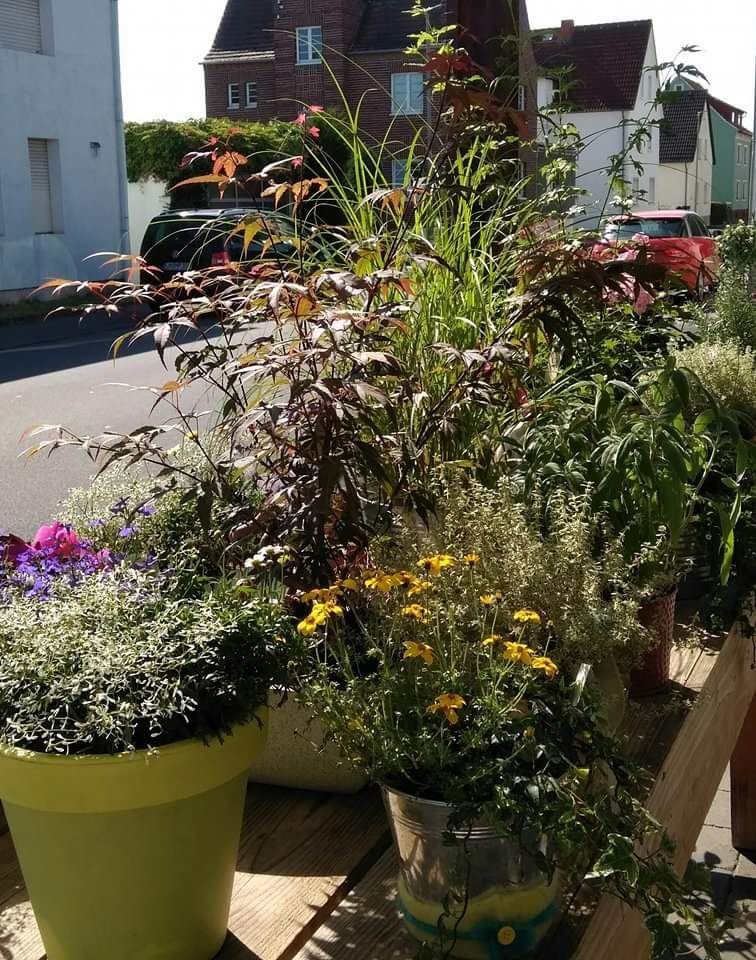
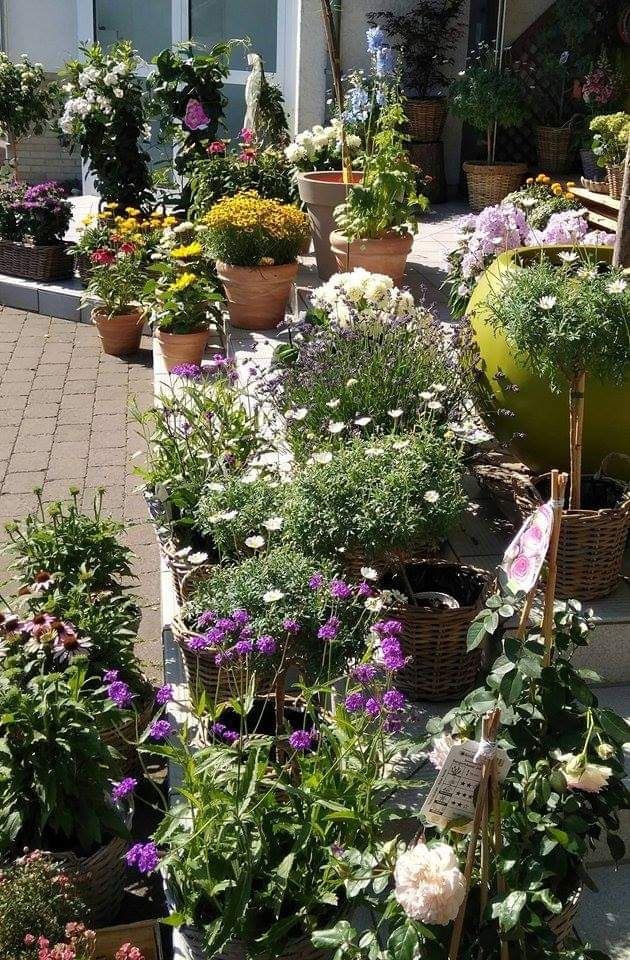

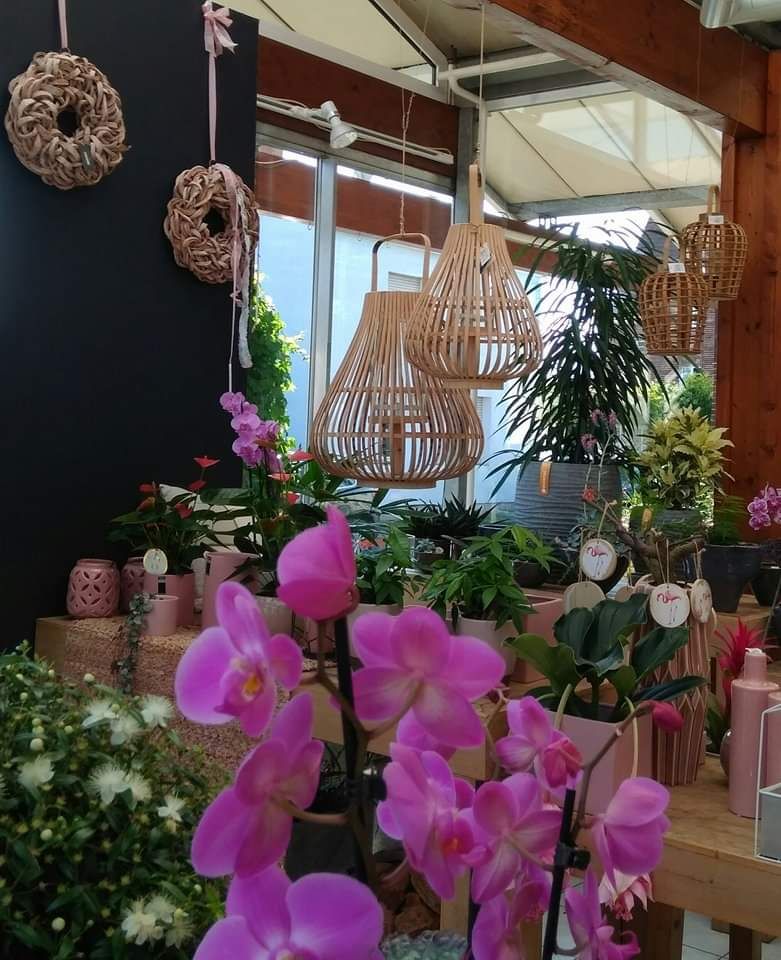
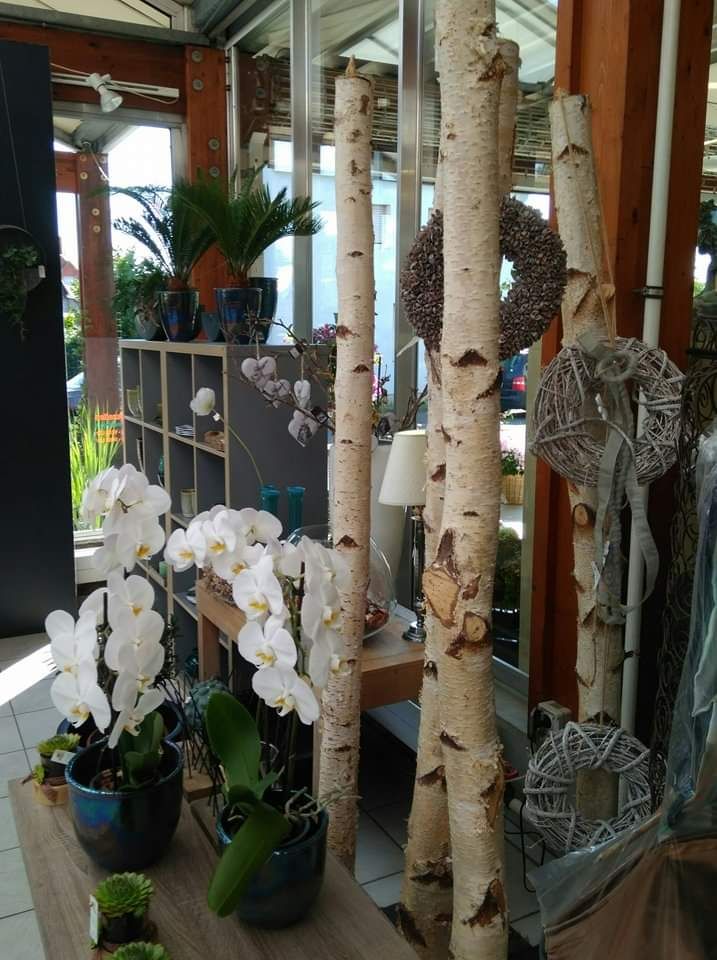

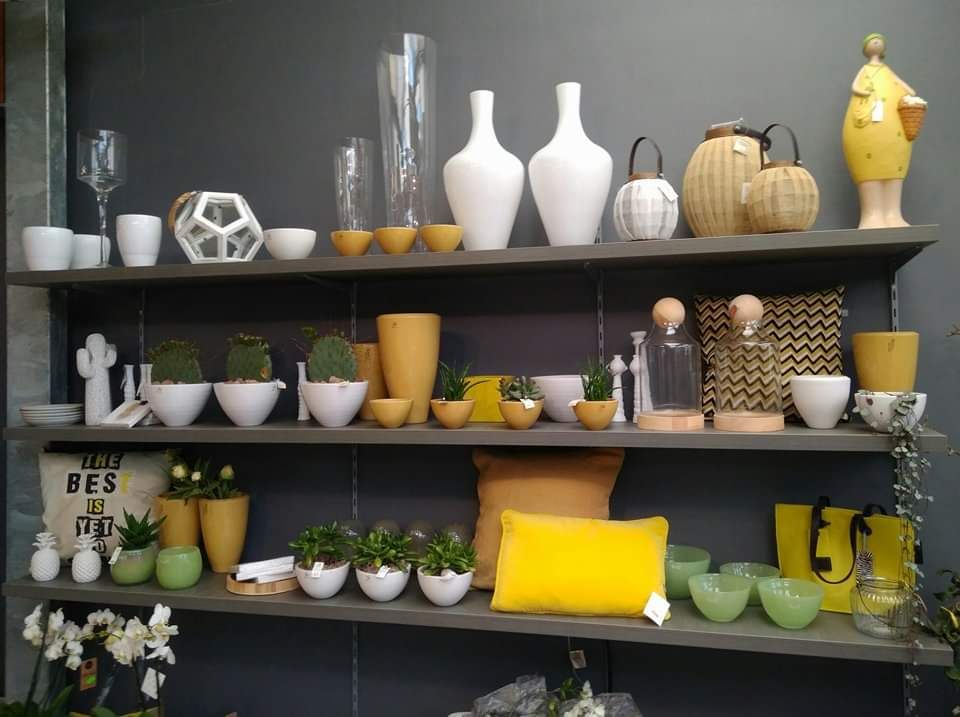
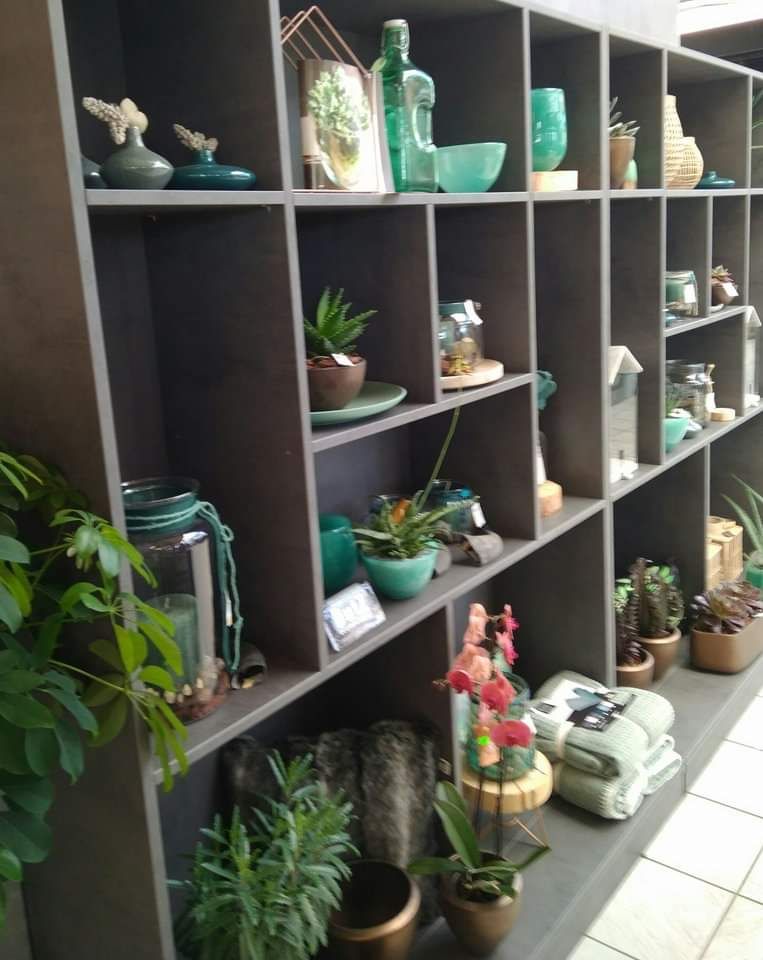
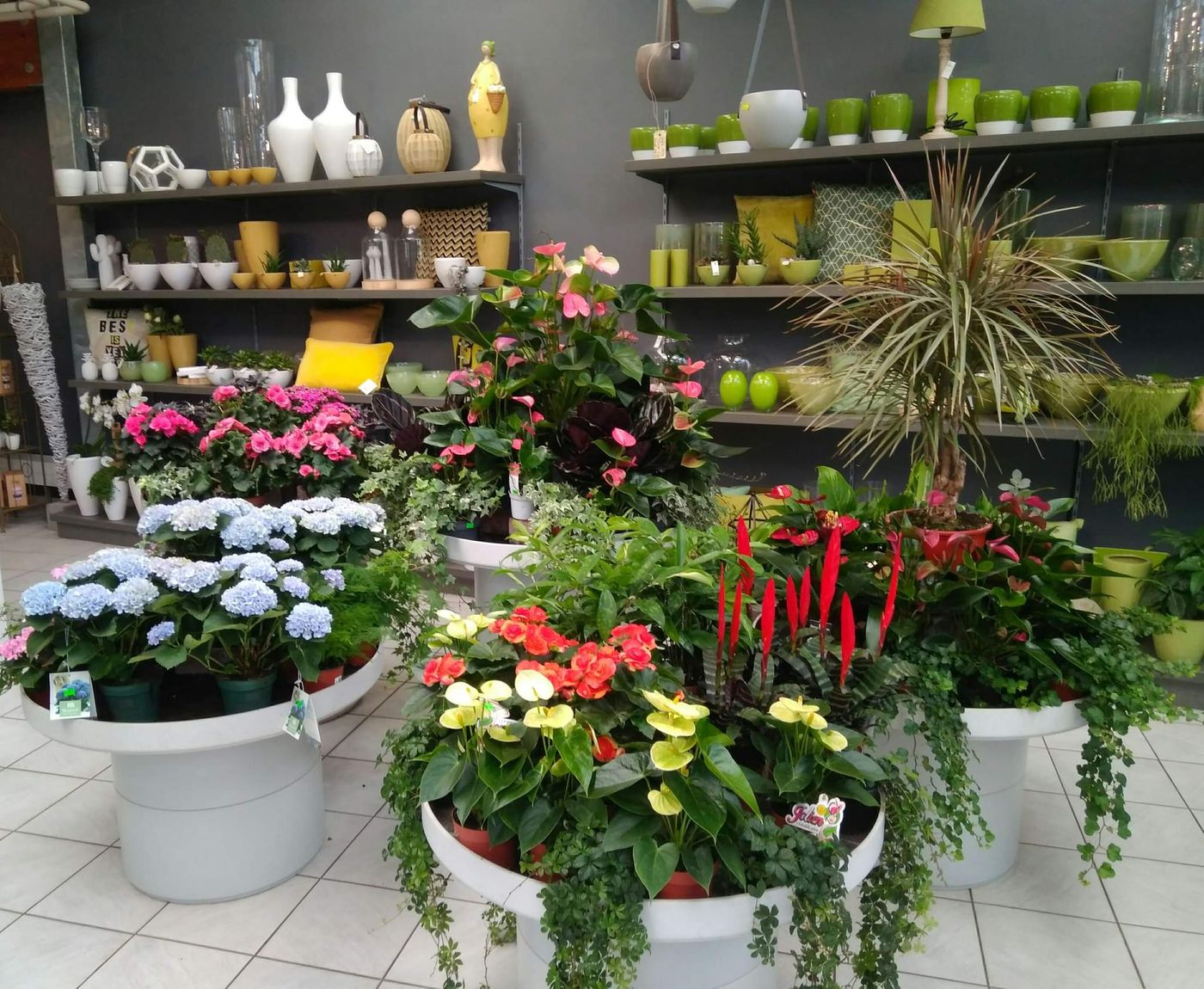

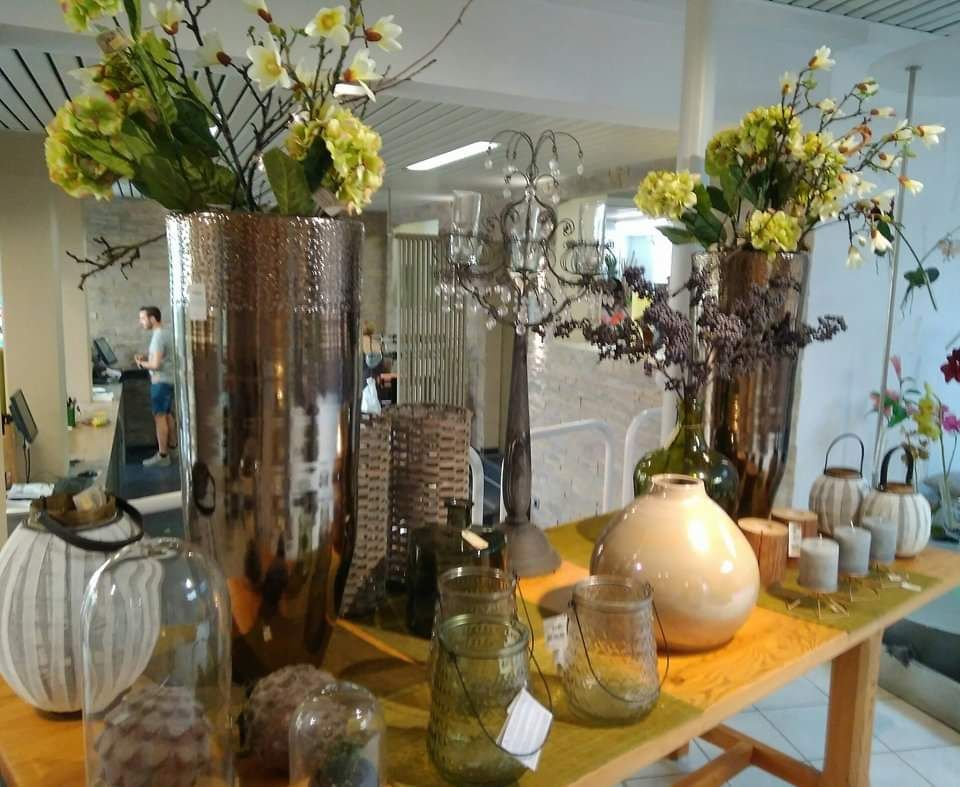
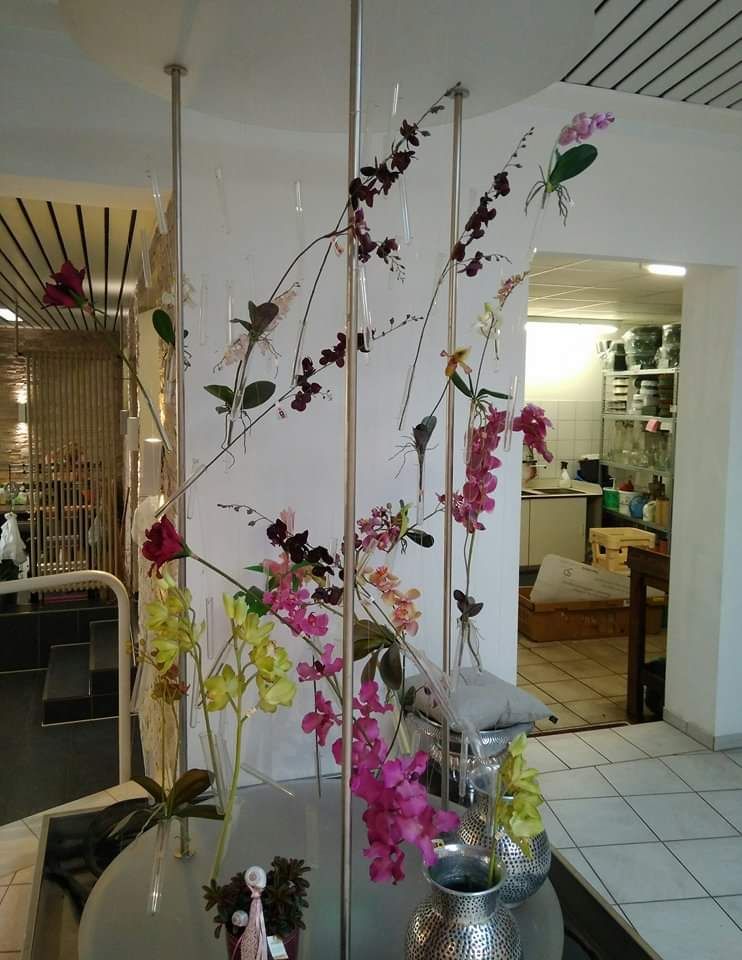
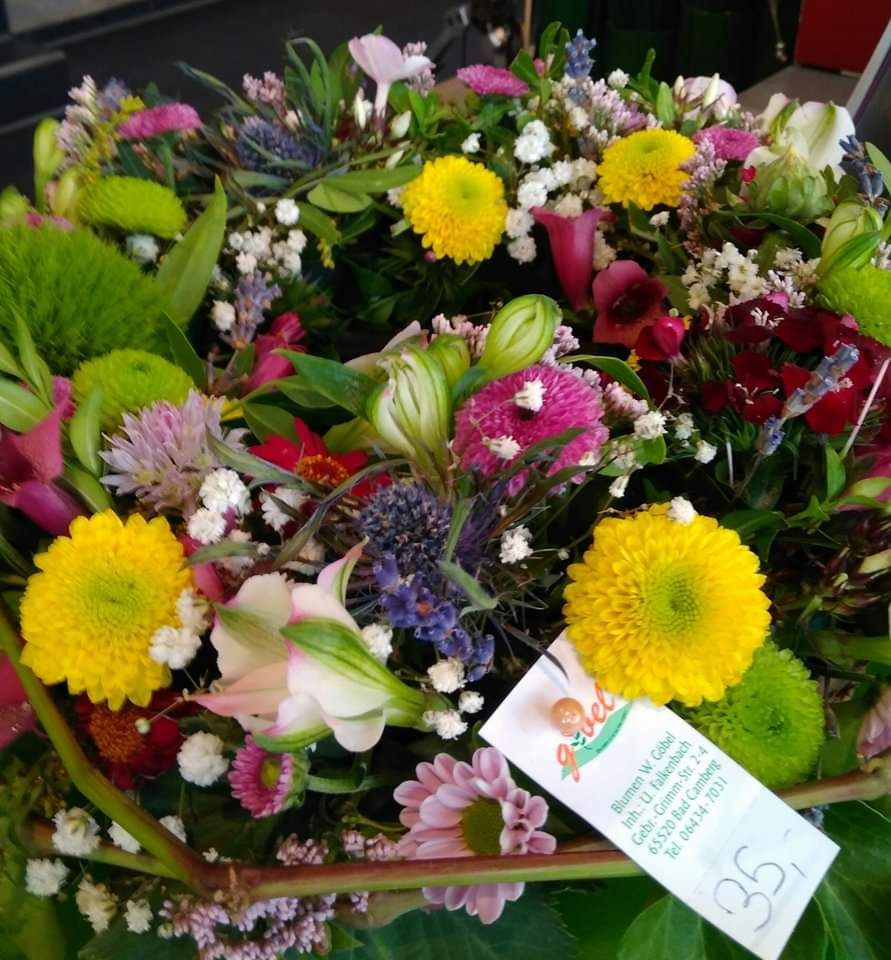
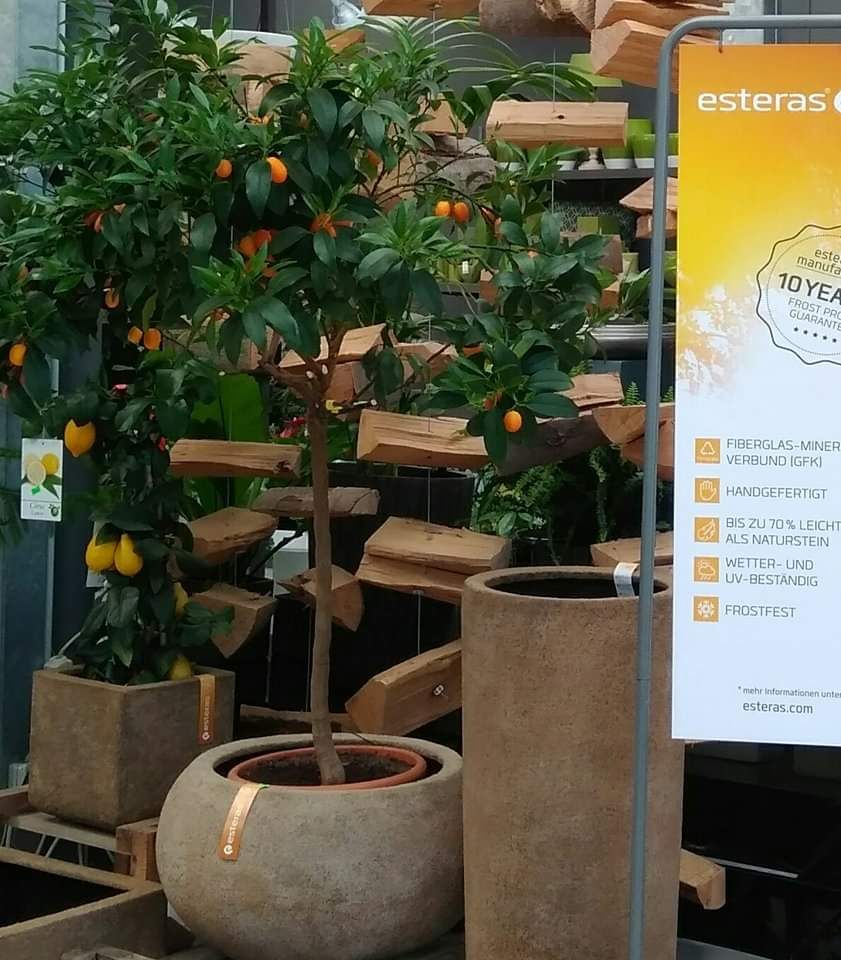
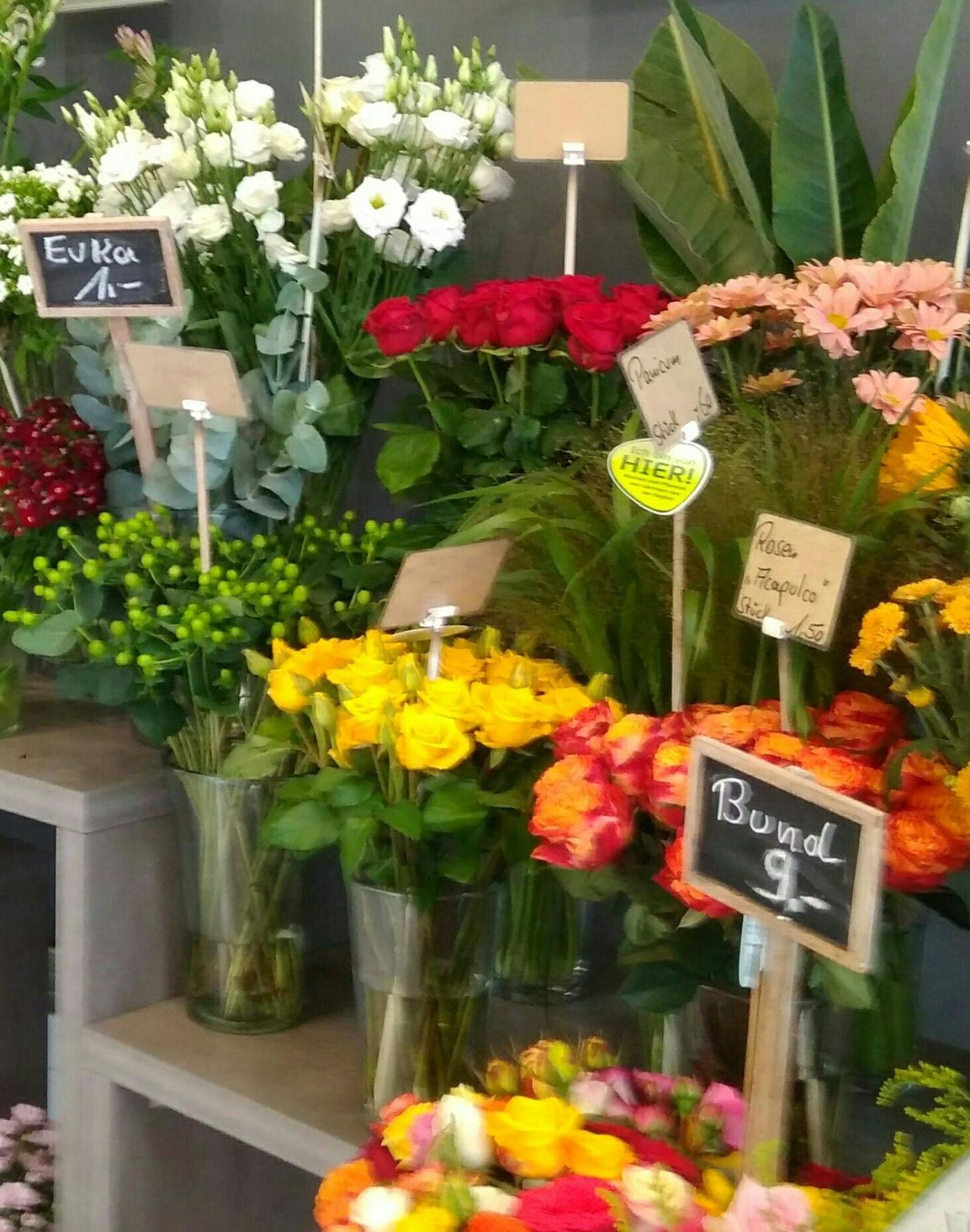

Like my work? Don't forget to support and clap, let me know that you are with me on the road of creation. Keep this enthusiasm together!


